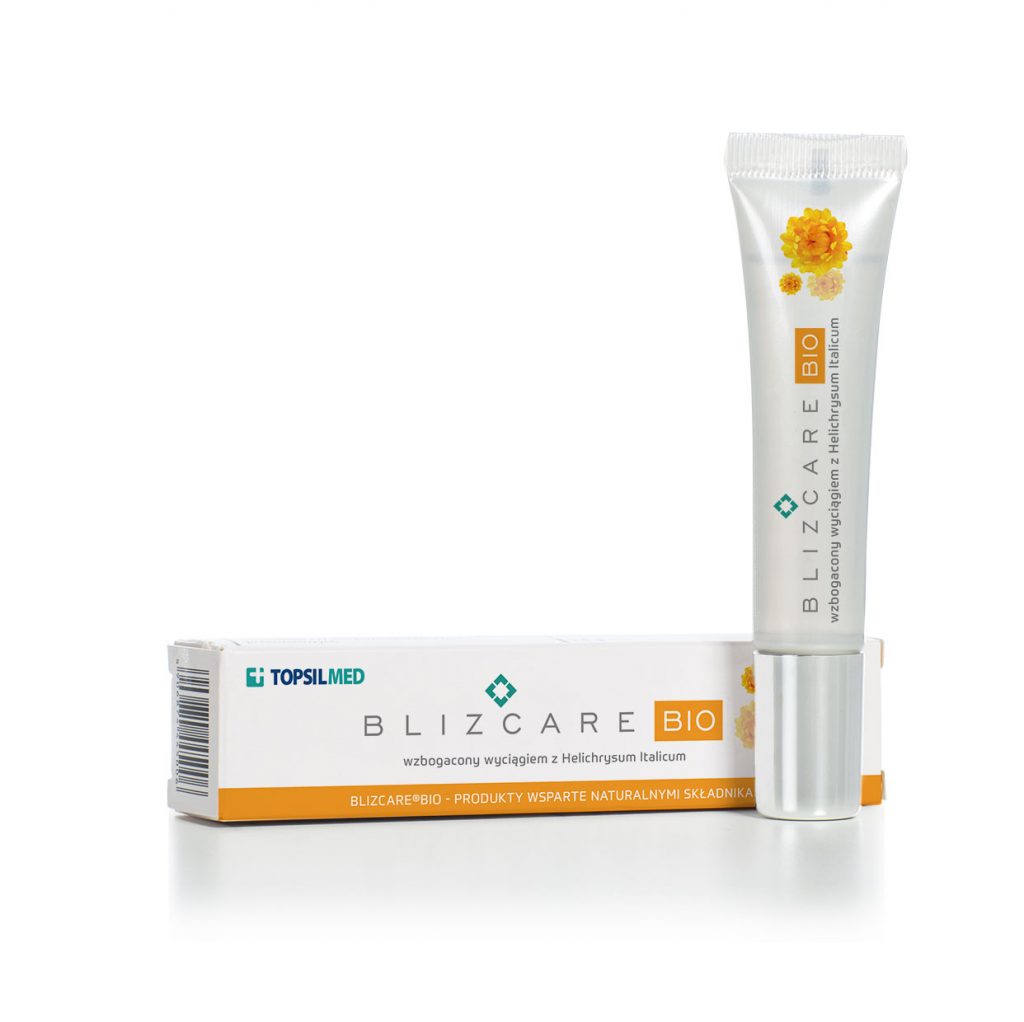Sometimes we have a genetic tendency to develop acne scars, but usually they are the result of our actions. We present proven ways to fight them. We have divided them into three categories.
Acne is a stubborn problem that many people struggle with not only in their teenage years, but also in adulthood. Unfortunately, the same is true of acne scars, which are also unsightly and can cause low self-esteem or complexes. They are formed as a result of damage to the dermis and replacement of this fragment with fibrous connective tissue – when we scratch blemishes, squeeze them or apply improper treatment. Scars may have various forms: convex nodules, bumps and depressions or pink or light brown spots.
It should be noted at the outset that the fight against them is a long-term process – you have to wait for results. It is also good to consult a dermatologist beforehand, who will assess the condition of the skin and suggest the best method of acne scars treatment.
It is not always necessary to use cosmetic preparations or aesthetic medicine treatments. In some cases natural methods may suffice.
Self-prepared masks made of honey and lemon juice, avocado and lime juice, cinnamon, olive oil and lemon or cucumber juice have brightening properties and stimulate the regeneration of the epidermis. Lubrication with aloe vera juice or gel also has a good effect.
It is also worth preparing a homemade facial tonic with lemon or cucumber.
Remember not to smoke cigarettes – they cause hypoxia, which prevents the skin from regenerating quickly – and to supplement your diet with vegetable oils, almonds or green beans.
In the fight against acne scars, daily use of tonics with low concentrations of fruit acids will prove useful. Your cosmetics bag should also include silicone gels, which protect against the loss of moisture and soften scars, as a result of which they become less visible and more smooth. They also reduce redness in the case of fresh scars.
They are also recommended creams, ointments or gels rich in salicylic, glycolic or azelaic acid. Other notable ingredients include


Sometimes scars are deep and neither home methods nor cosmetics can cope with them. Then you can reach for aesthetic medicine treatments, which have a much stronger effect.
These are surface, medium and deep peelings, which in a controlled way damage the skin with mandelic acid, lactic acid, salicylic acid, lactobionic acid or other. It is best to perform them in a proven office. Chemical peelings effectively remove dead skin cells and improve the quality and condition of the skin.
Mechanical removal of dead epidermis in a gentle manner (suitable even for sensitive skin) with the use of a device with a disc made of diamond or corundum. The skin is stimulated to regeneration. The treatment is not suitable for large scars – it will rather eliminate minor changes.
This treatment is much more abrasive than the previous one – it comes not only to abrasion of the epidermis, but also the upper layers of the dermis up to the papillary layer. One can say that it “peels down to the blood”, which makes the convalescence last up to several weeks. During this time the production of new cells and tissue regeneration is stimulated.
Finally, there is laser therapy, which is the fastest way to eliminate any discoloration, which has the advantage over the above methods that it does not destroy the skin completely, but only “perforates” it, so the surrounding tissue remains intact.
The former damages collagen cells by penetrating the laser beam deep into the skin, which immediately starts the repair processes and stimulates the production of new collagen fibers. Usually about three treatments are enough to obtain a satisfactory effect, and the recovery period lasts from three to five days.
The second one, on the other hand, is not as effective and requires more treatments, even up to a dozen. Here, the laser beam heats the inner layer of the skin, causing a controlled burn and stimulating the formation of new collagen fibers.
Read also Acne map – check what pimples on different parts of the body can indicate
Main photo: Dimid/ adobestock.com